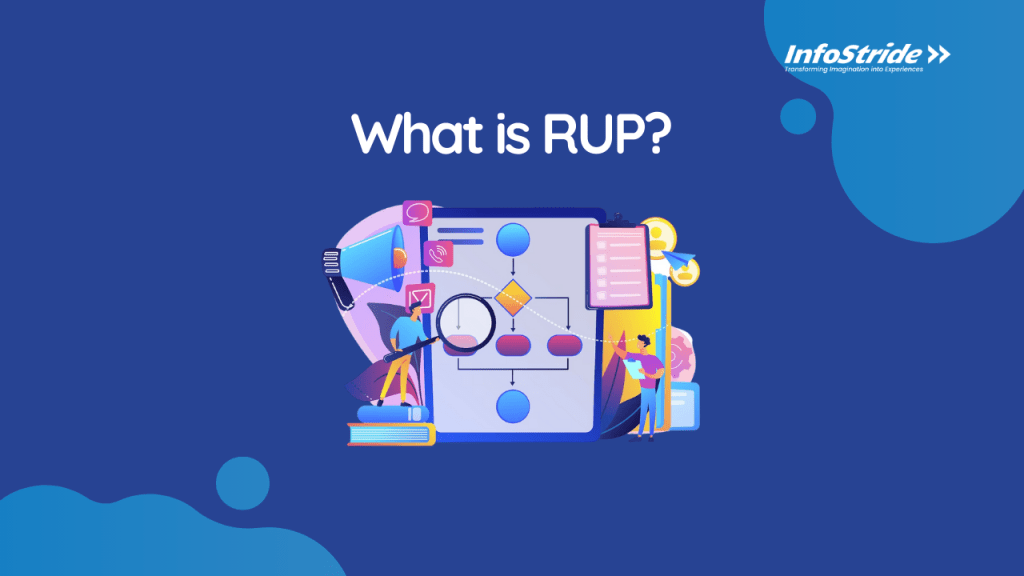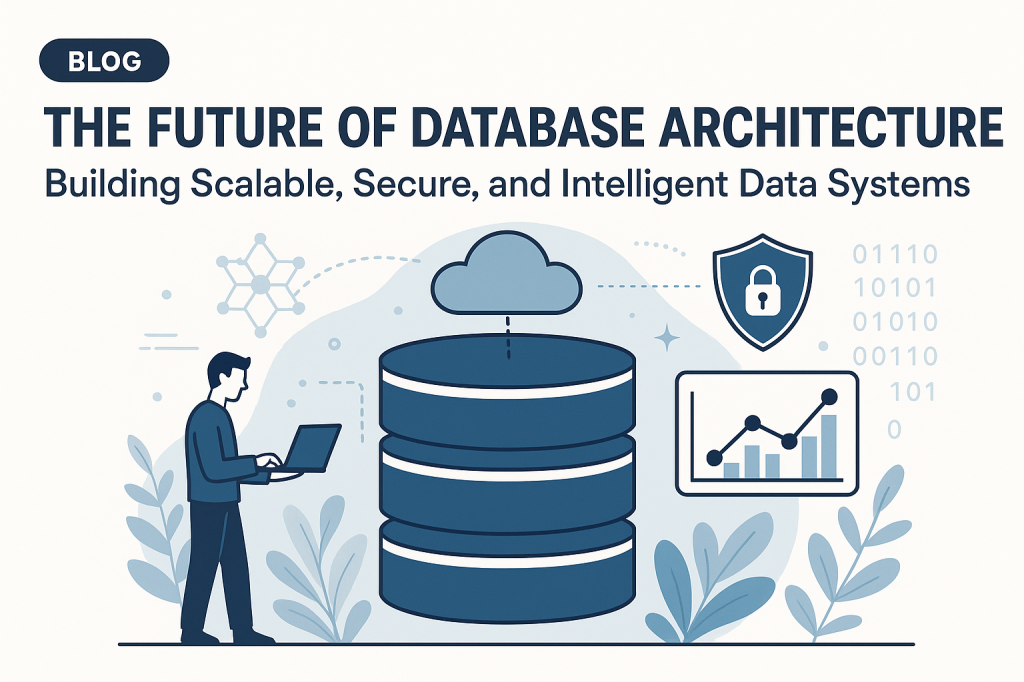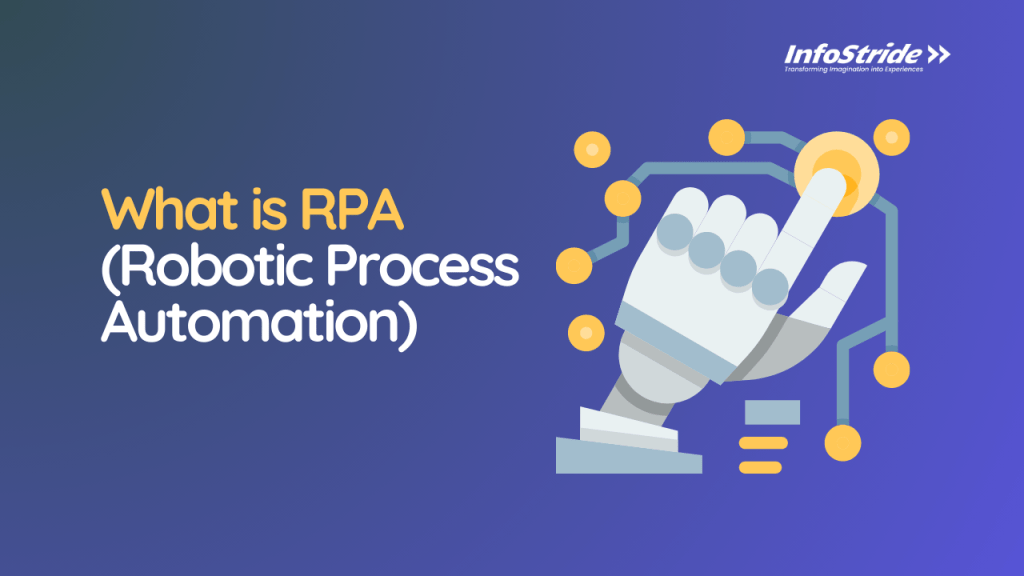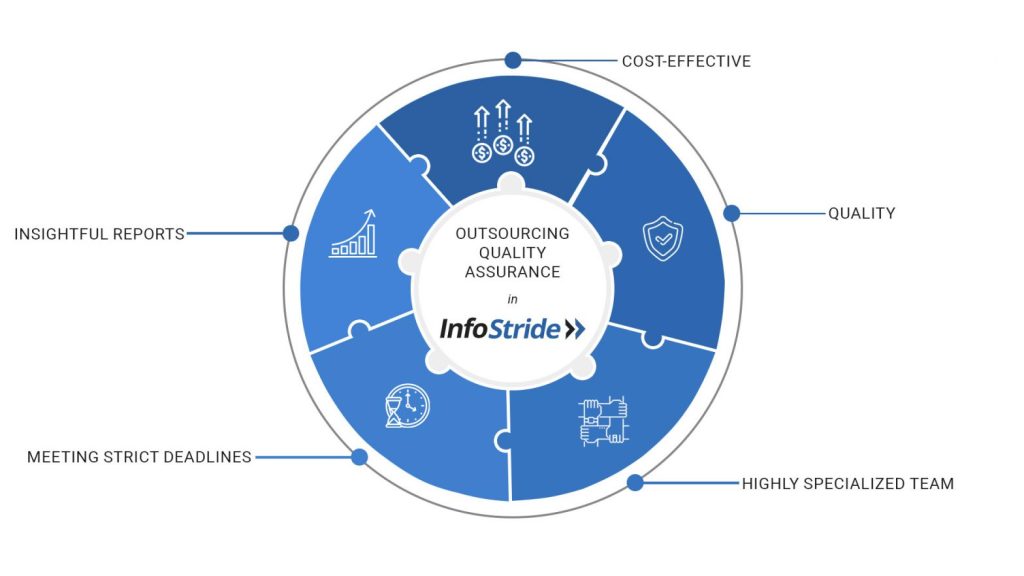Table of Content
- Stands for Rational Unified Process Framework
- Needs to be configured/tailored
- Contains phases, iterations, and workflows
- Has artifacts, templates, and guidelines
- Helps an organization achieve Capability Maturity
- Model (CMM) level.
What will RUP do for you?
- Improve existing processes based on proven
- software engineering expertise
- Provide standards for requirements management
- Provide processes that support object-oriented
- analysis, design development for new J2EE
- efforts based on industry standard Unified
- Modeling Language (UML)
- Well supported by industry leading tools.
Use Component Architectures
- RUP defines components as cohesive groups of code, in source or executable form, with well-defined interfaces and behavior that provide strong encapsulation of their contents, and are, therefore, replaceable. Architectures based around components tend to reduce the effective size and complexity of the solution, and so are more robust and resilient.
-
Significance:
- Architectural focus on components.
- Modular component based development.
- Supports greater level of reuse across all systems.
Visual Modeling (UML)
- RUP defines visual modeling as the use of semantically rich, graphical and textual design notations to capture software designs. A notation, such as UML, allows the level of abstraction to be raised, while maintaining rigorous syntax and semantics.
- Use Case Models, Activity Diagrams (analysis).
- Sequence Diagrams, Class Diagrams (design).
-
Usage:
- Aid understanding of complex systems.
- Explore design alternatives at low cost.
- Form a foundation for implementation.
- Capture requirements precisely.
- Communicate design unambiguously.
Control Changes
- RUP definition: Controlling changes is more than just check-in and check-out of files.
- Change Control includes management of workspaces, parallel development, integration, as well as builds.
-
Significance:
- Requirements change tracking.
- Standardized directory structures for all artifacts and objects.
- New tools being used to automate integration and build processes.
- Updated CMM Plan being developed.











